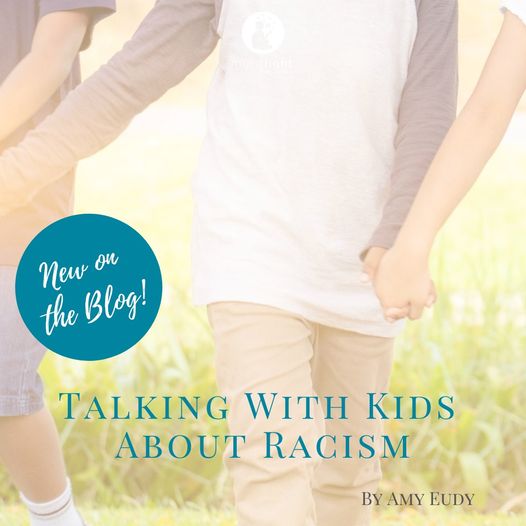Embryo adoption offers a unique opportunity for families to experience the joys (and challenges!) of pregnancy and childbirth with their adopted child. While you may be embarking on this journey through the Snowflakes Program, it's a novel and complex concept for many. As you share your experience, be prepared for various reactions and questions. Here […]











